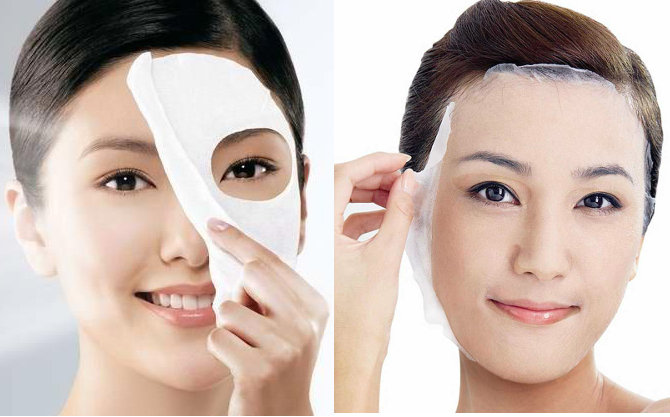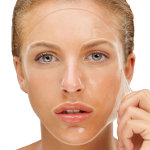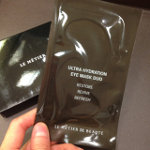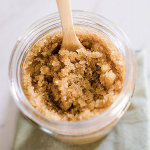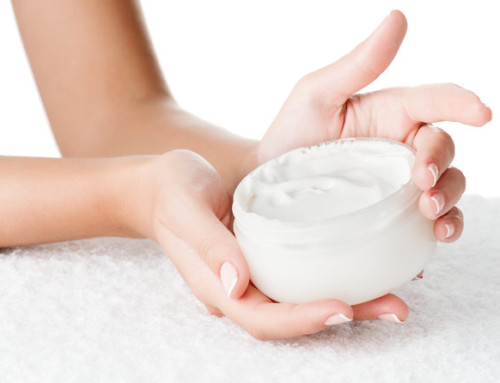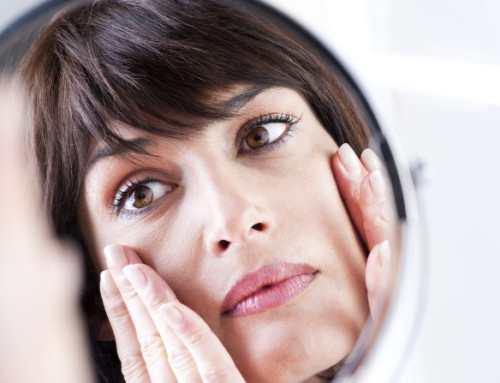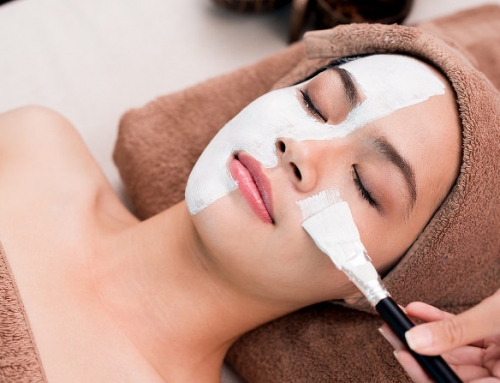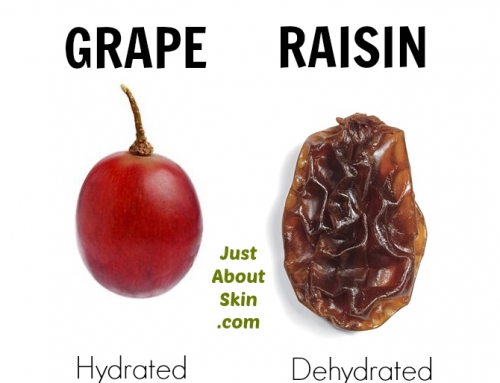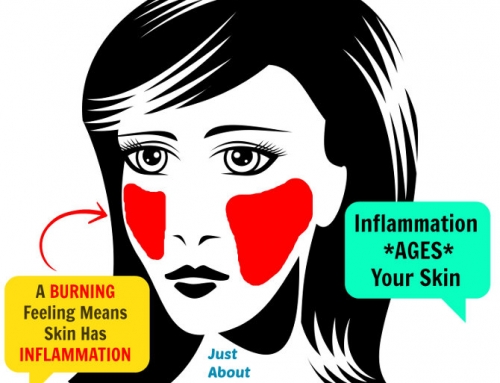How many of you mask regularly? Do you find it hard to make time for it? I do. It’s one of those steps in skin care that is an afterthought for most of us. We cleanse every day because we need to. I think it’s safe to say most of us have a low tolerance for dirty or oily skin. And cleansing is quick.
But masking.. now this takes some effort! Because it takes planning – when can I do it? (um, when no one else can see me looking scary 🙂 And what do I use?
Well, although it requires some effort, masking is useful if you have a problem that needs extra treating.
Why Mask?
A mask delivers an extra dose of ingredients into skin over a set period of time. Usually 10-15 min. If you have oily skin, dry skin, sensitive skin, dull skin, pigmented skin, there is a mask for you!
The most popular masks treat oily skin or blemishes – by absorbing oil and delivering bacteria-fighting ingredients. Clay and charcoal are common ingredients for absorbing oil.
Is your skin red, hot, or irritated? Then a soothing mask with anti-inflammatory and calming ingredients will help. The most popular ingredients in soothing masks are oatmeal and aloe.
There are masks that also hydrate very dry skin – by delivering lipid-rich ingredients.
And masks that boost radiance and help fade surface pigmentation – by delivering brightening ingredients. Whitening sheet masks are very popular in Asian skin care brands.
And then there are anti-aging masks with age-fighting ingredients, like Vitamin C and retinol.
These days you’ll find a mask for virtually any skin problem.
Types of Masks
Rinse-Off Mask – This is the most common type. 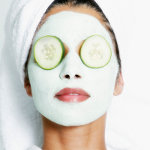 It’s a paste that you apply on your face (except the eyes and mouth). You wait a few minutes (typically 5-15 minutes). And rinse off with water. During this time, most people lie down on a bed and shut their eyes. I’m always multi-tasking and trying to save time. So I putter around doing other things (except talking).
It’s a paste that you apply on your face (except the eyes and mouth). You wait a few minutes (typically 5-15 minutes). And rinse off with water. During this time, most people lie down on a bed and shut their eyes. I’m always multi-tasking and trying to save time. So I putter around doing other things (except talking).
Sheet Mask – This is popular in Asian skin care.  Many of the Asian sheet masks are for whitening and brightening. It’s a paper sheet with holes cut out for the eyes, nose, and mouth that you place over your face. The sheet is pre-soaked in liquid (serum). And it comes individually wrapped in a plastic packet. One mask is meant for one use. When the time’s up, you peel off the mask and discard.
Many of the Asian sheet masks are for whitening and brightening. It’s a paper sheet with holes cut out for the eyes, nose, and mouth that you place over your face. The sheet is pre-soaked in liquid (serum). And it comes individually wrapped in a plastic packet. One mask is meant for one use. When the time’s up, you peel off the mask and discard.
Sleeping Mask / Overnight Mask – 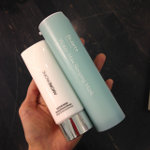 This is not a mask in the way we think of a mask. It looks like a light moisturizer and absorbs into skin. It is not rinsed off. You apply this as the last step in a skin care routine and go to bed with it.
This is not a mask in the way we think of a mask. It looks like a light moisturizer and absorbs into skin. It is not rinsed off. You apply this as the last step in a skin care routine and go to bed with it.
A sleeping mask is meant to provide additional moisture to skin, if your skin still feels dry after a moisturizer. It is very lightweight, so it does not feel heavy on skin. You can also use this instead of a moisturizer. Sleeping masks originated in East Asia and are popular there. They are making their way to the U.S. now.
3. Use a professional sponge to remove the mask, for easier removal.
A sponge like the one shown makes it super easy to remove a mask or exfoliant. The whole process is much less messy and quicker too.
Rinse the sponge out with water after a few swipes on the face. Then go over another area. Repeat until you have removed all traces of mask.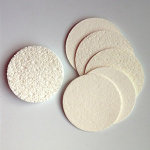
But don’t overdo it. Even if the sponge is soft, it still creates friction on skin. A little abrasion is fine, but too much is not good for thin or sensitive skin.
Buy a sponge meant for the face. Not a kitchen sponge which is rougher. This sponge comes as a flat disc. When it’s wet, it blows up into a sponge.
4. For a sheet mask, apply the unused liquid on your neck and decollete.
Most of the time, there’s even leftover liquid after you do this. Save that liquid for the next time you mask (within a week). To preserve that liquid, fold the plastic package it came in several times over, then attach a binder clip to hold the folds in place and to prevent spilling.
5. Don’t talk when you have a mask on.
Number one, it won’t be comfortable if you have a dried mask on your face. Second, you don’t want to move facial muscles when they’re temporarily set in place. Fine lines and wrinkles, especially around the eyes, do not need any additional crinkling.
6. Set aside a time to mask each week.
Make it a relaxing ritual. You’ll be more likely to mask regularly if you establish a routine.
7. Enjoy it! It’s meant to be relaxing.
Life is stressful. Give yourself a 15 minute time-out to do something good for your skin!

